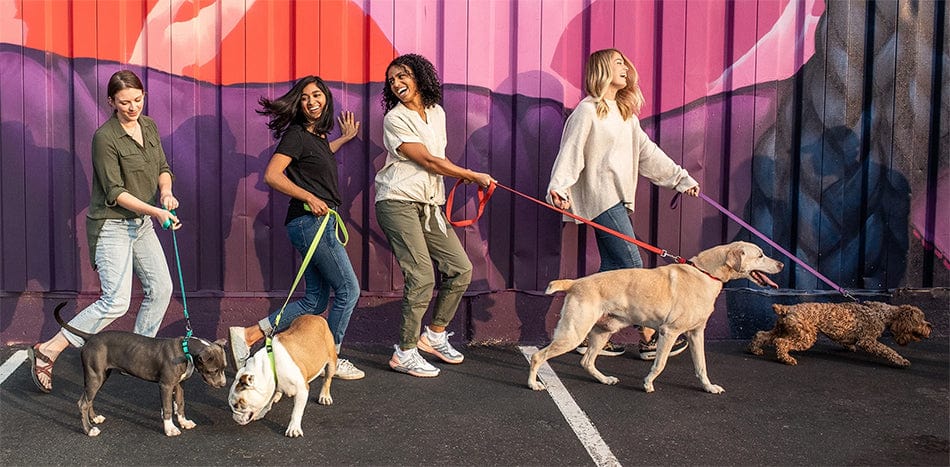Your cart is empty. Let's fix that!


Cats can be hard to read. They’re incredibly loving and cuddly one minute and fiercely independent and aloof the next. If you’re a cat parent, we know you understand the constant struggle to figure out your cat’s language. Similar to humans, cats express just as much emotion nonverbally as they do verbally. Moving past your cat’s meow and understanding the quirks of their body language can create a happy house for both kitty and owner.
Who knew there was a hidden code in a cat’s tail? Cats use their tails to communicate a lot. Generally speaking, if their tail is up, they’re happy, and if it’s down, they’re frightened or apprehensive. If it’s wagging back and forth rapidly, it most likely means they’re agitated and want to be left alone (good to know!).
Cats also have trouble deciphering certain situations just like people do. If you see your cat slowly moving their tail side to side, they’re trying to figure out how they feel about what’s currently happening.
A cat’s eyes and ears also speak volumes when you’re decoding their body language. When their ears are forward, they could be feeling playful or content. However, when they perk straight up, that means they’re attentive and listening. If you’ve ever seen your cat rotate their ears all the way back or to the side, it’s because they’re irritated or possibly even anxious. And when the ears are flat against their head? Stay away. Chances are your cat is feeling defensive and ready to attack. (RAWR! 🦁)
Sometimes, it’s all in the eyes. When a cat is surprised or stimulated, their pupils dilate.
If your cat has constricted pupils, they could be feeling tense or aggressive. If your cat is staring you down, they could be ready for a challenge, so get the laser pointer ready. However, if you notice slowed blinking or their eyelids are half-closed, no need to fret. They’re so darn relaxed that you’d think they spent the afternoon with the catnip.
For people who own two or more cats, you’ll notice they often use physical touch with each other to express how they feel. They may touch noses or butt their heads when it’s time to be social. When they’re ready to be affectionate, they’ll rub their heads together or even on you! That’s right. The next time your cat is oddly rubbing their head on your calf, they’re just showing you some classic cat love.
All of these behaviors combined can tell you a lot about how a cat is feeling. Relaxed ears, slow blinking, and a still tail means your cat is neutral or relaxed. When your cat is anxious, you’ll see their tail down, eyes dilated, and ears forward. When they stretch out and relax their tail, eyes, and ears, they’re releasing tension and ready to chill. If you want to read more about the pairings of your cat’s behaviors, check out these interesting facts.
Cats are complex creatures, but that’s why we love them. The next time you’re stumped over what your cat is trying to tell you, pay attention to more than just their meows. Wouldn’t it be nice to be on the same page as your feline friend? Here’s to hoping!
Let’s face it though, cats are strange and sometimes their side-eye is actually a sign of affection.
Please help us interpret this body language, we have no idea what this cat is trying to communicate.